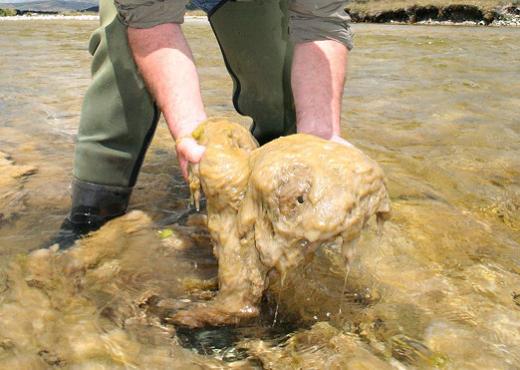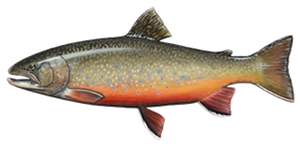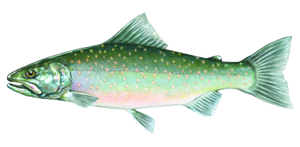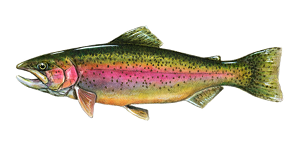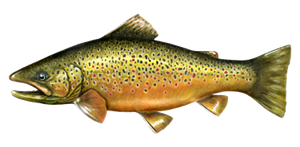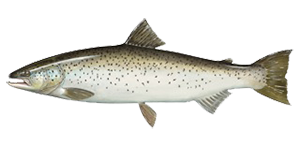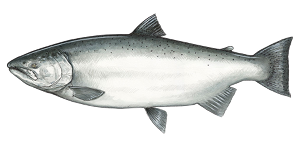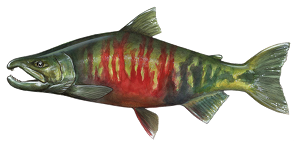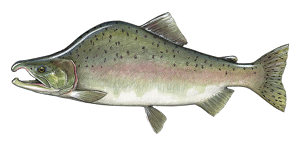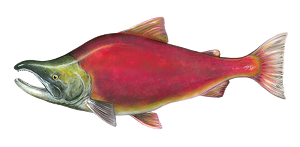Aquatic Invasive Species Project
Goals
Scientists believe that aquatic invasive species are one of the greatest threats to America’s trout and salmon—in recent years, we’ve seen alarming examples of exotic invaders taking a toll on some of our most iconic waters. Whirling disease invaded the Madison in the late 1990s and early 2000s, severely crippling the river’s prized rainbows. Today, in Yellowstone Lake, the spawning population of native Yellowstone cutthroat trout has been reduced by over 90 percent thanks to the clandestine introduction of non-native lake trout that have literally eaten the cutthroats out of house and home. Examples like these are becoming more and more common—not only are these invaders impacting our fish, they’re impacting the quality of our fishing and taking a toll on angling opportunity.
The best defense against invasive species in our lakes, rivers and streams is prevention and a rapid response when infestations occur. This requires outreach to the angling community and education of anglers from coast to coast, because many—if not most—of the infestations are caused by humans themselves.
Tactics
TU’s Aquatic Invasive Species team works with the organization’s communications staff to educate, organize and mobilize anglers against the threat of new infestations and in efforts to remove and control exotic invaders where infestations have already occurred. Our team works every day to ensure anglers are made aware of new threats and how to prevent their spread. Additionally, they’re given the tools they need to respond to these threats.
Victories
We’ve made headway against some invasive threats, largely in the education of anglers, who are heeding advice to prevent the spread of things like whirling disease, New Zealand mud snails and “rock snot” (didymo). TU, through its chapters and councils, has raised over $150,000 since 2011 to fun monitoring equipment in Yellowstone Lake—biologists are learning more and more about the invasive lake trout’s habits in the lakes, and they’re using this data to remove lake trout from the lake, improving the chances for a native cutthroat comeback.
Staff Contact
Dave Kumlien, dkumlien@tu.org
Author of this Page
Erin Mooney
Eastern Conservation Communications Director

